Nowadays, it is no longer unusual to come across smartphones with more than 100 MPx. Specifically, Samsung's range of smartphones with the Ultra moniker has had a 108MPx camera for some time now. In addition, cameras with such a high resolution reach the middle class. E.g. Samsung itself installed it in Galaxy A73. However, these phones still take 12MP photos by default. But why is that so?
What's the point of all those megapixels when cameras still take average-sized photos? It's not that hard to figure out. Digital camera sensors are covered with thousands and thousands of tiny light sensors, or pixels. A higher resolution then means more pixels on the sensor, and the more pixels that fit on the same physical surface of the sensor, the smaller these pixels must be. Because smaller pixels have a smaller surface area, they aren't able to collect as much light as larger pixels, which in turn means they perform worse in low light.
You could be interested in

pixel binning
But high-megapixel phone cameras usually use a technique called pixel binning to get around this problem. It's a technical matter, but the bottom line is that in case Galaxy The S22 Ultra (and probably the upcoming A73) combine groups of nine pixels. From the total of 108 MPx, simple math results in 12 MPx (108 ÷ 9 = 12). This is unlike Google's Pixel 6, which has 50MP camera sensors that always take 12,5MP photos because they only combine four pixels. Galaxy However, the S22 Ultra also gives you the ability to take full-resolution images directly from the stock camera app.
Pixel binning is important for the physically small sensors of high-resolution cameras, as this feature helps them in particularly dark scenes. It's a compromise where the resolution will decrease, but the sensitivity to light will increase. The huge megapixel counts also allow flexibility for software/digital zoom and 8K video recording. But of course it's also partly just marketing. The 108MP camera looks a lot more impressive in terms of specs than the 12MP camera, although they are effectively the same most of the time.
You could be interested in
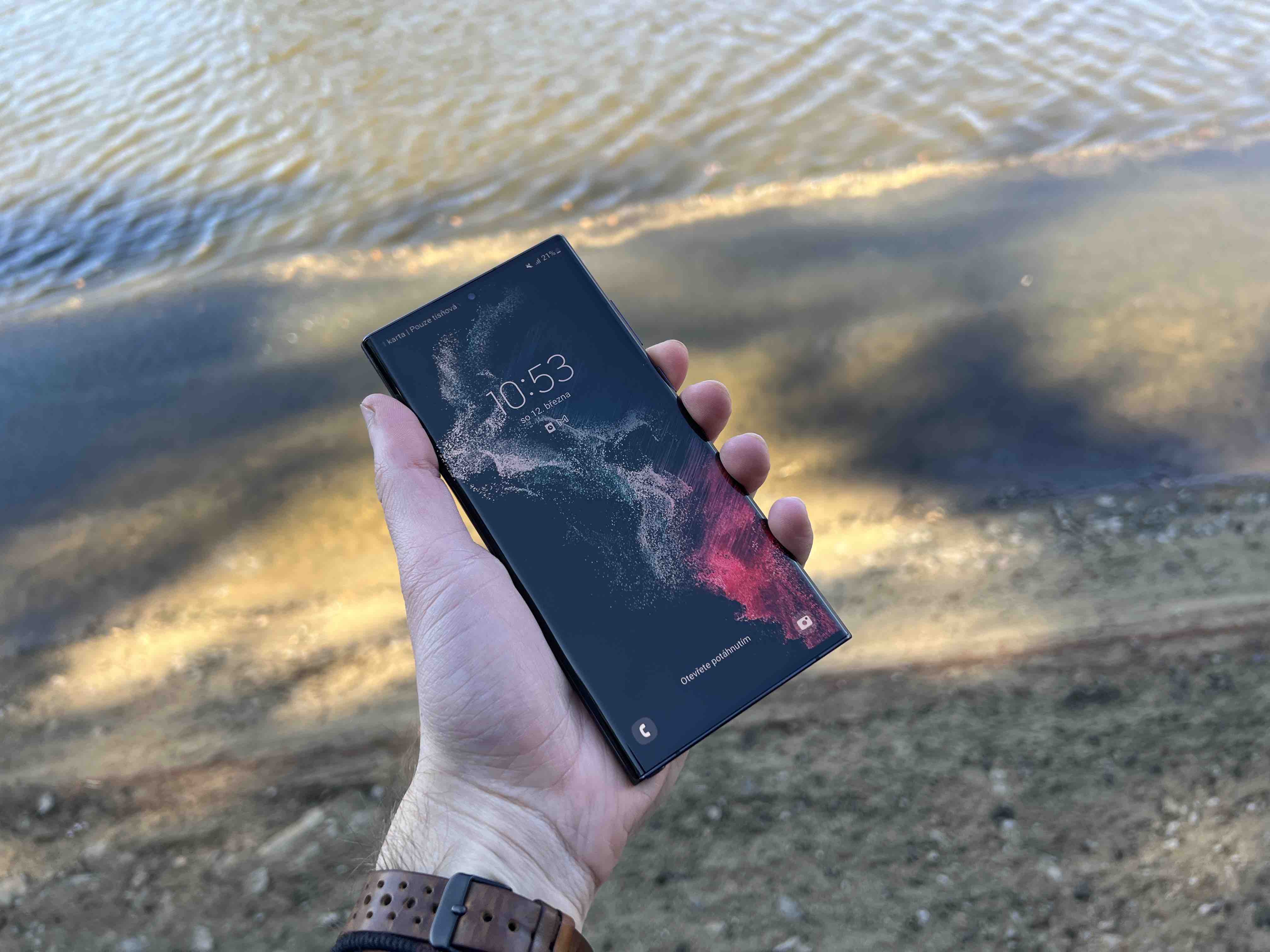
Moreover, it looks like he will succumb to this too Apple. So far, he has been following a strict 12 MPx strategy with constant enlargement of the sensor and thus individual pixels. However, the iPhone 14 should come with a 48 MPx camera, which will just merge 4 pixels into one and thus the resulting 12 MPx photos will be created again. Unless you're a more professional-minded photographer and don't want to print your photos in large formats, it's almost always worth leaving the merge on and shooting at the resulting 12 MPx.




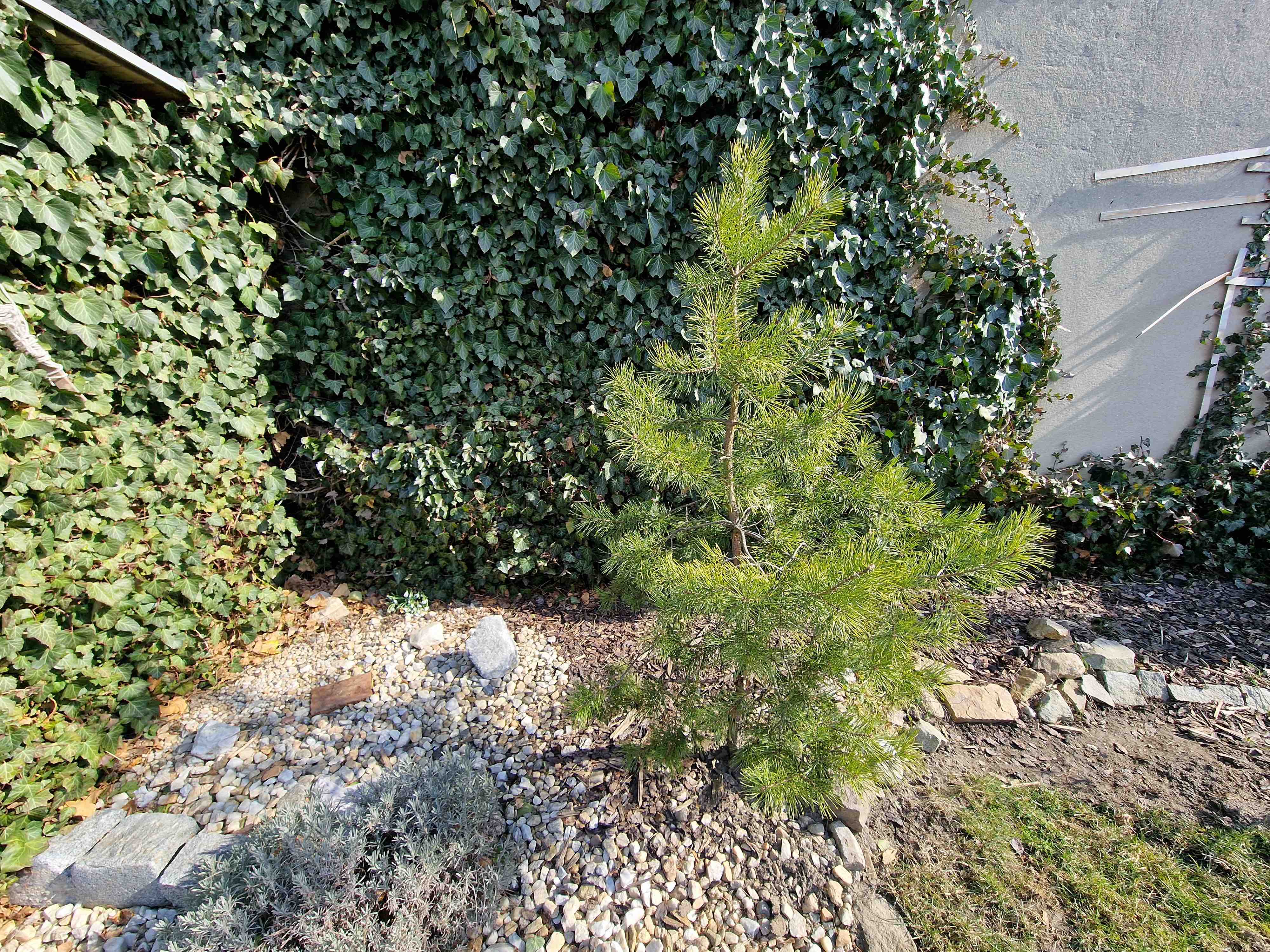



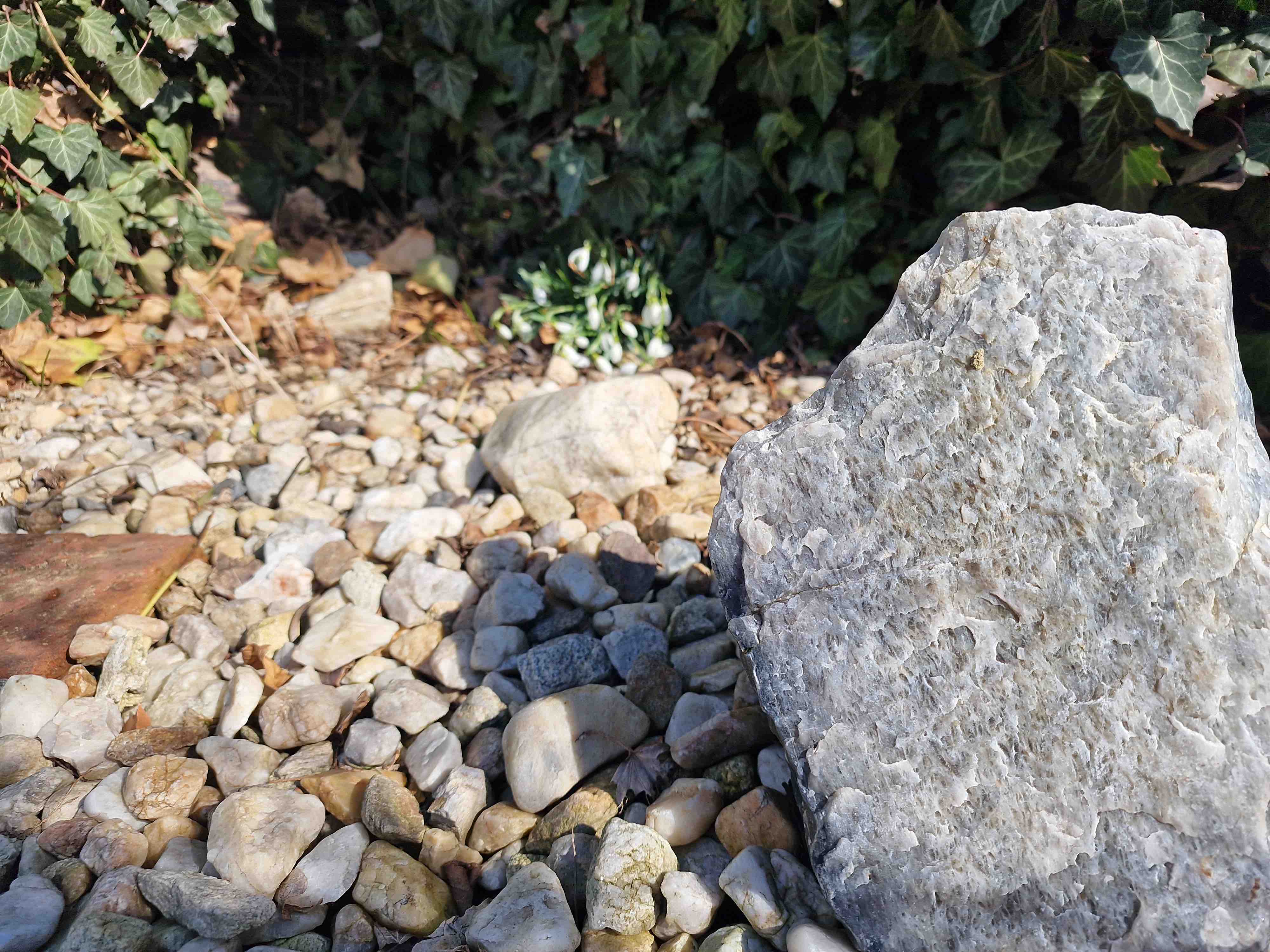
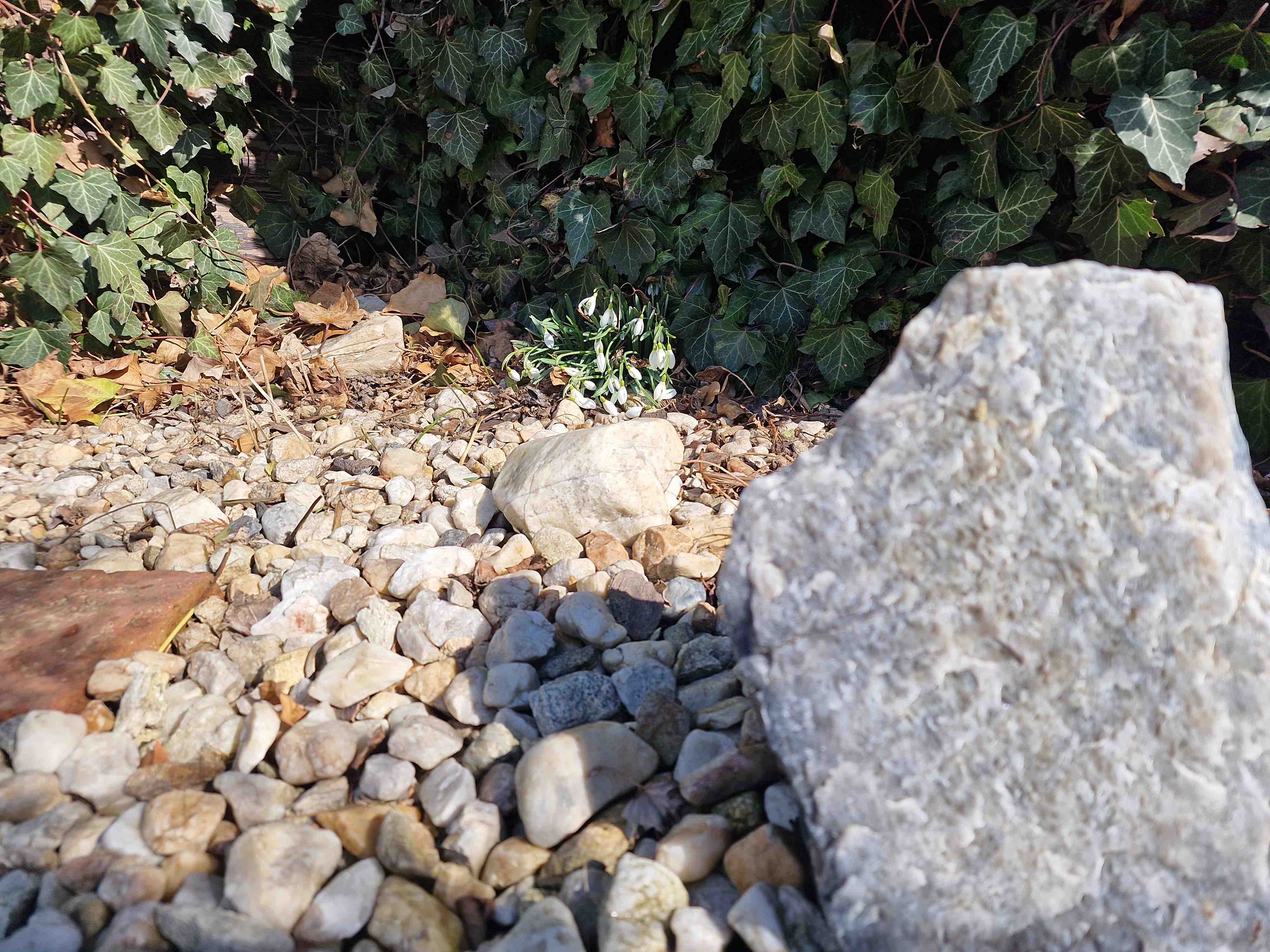










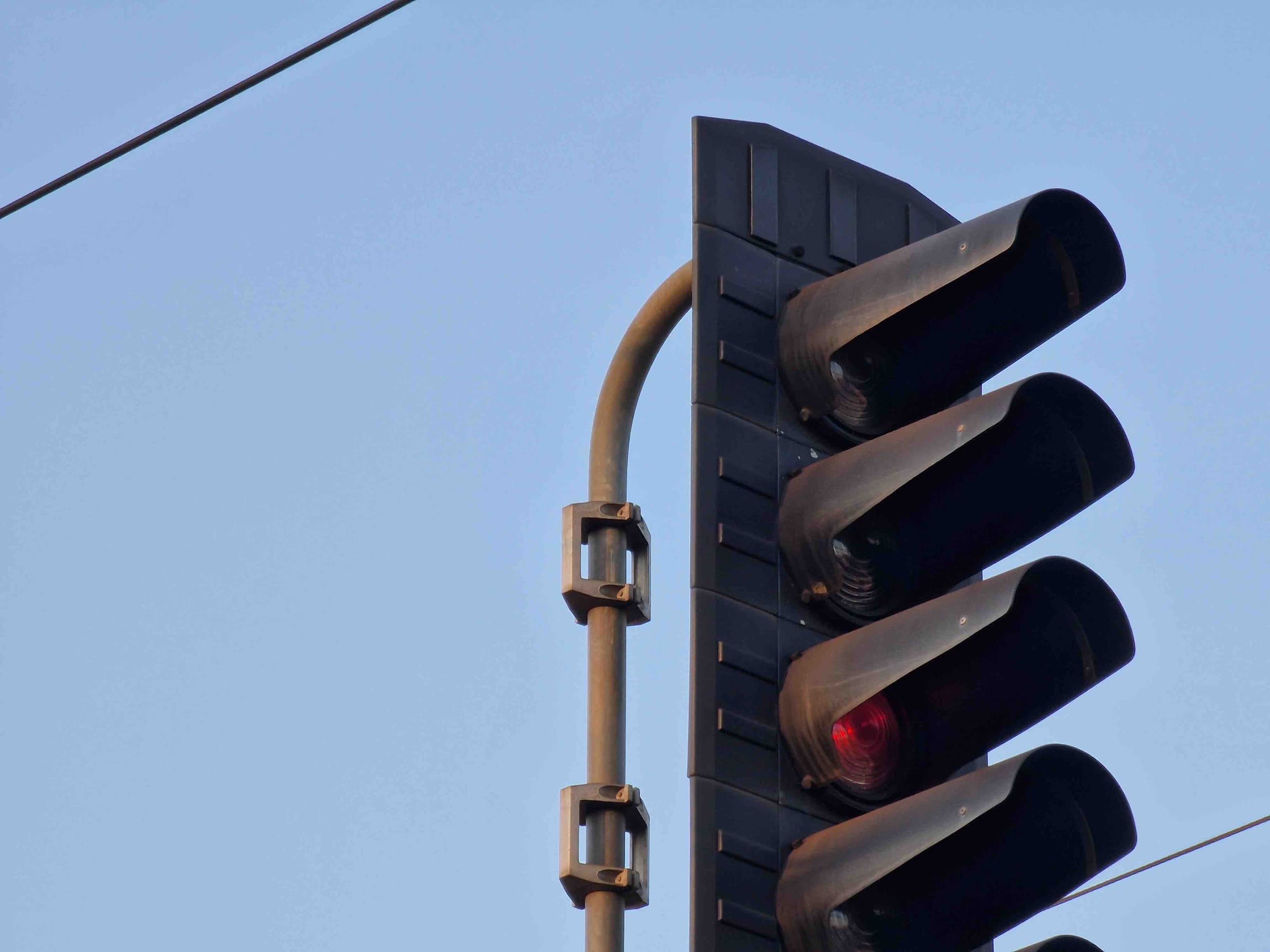
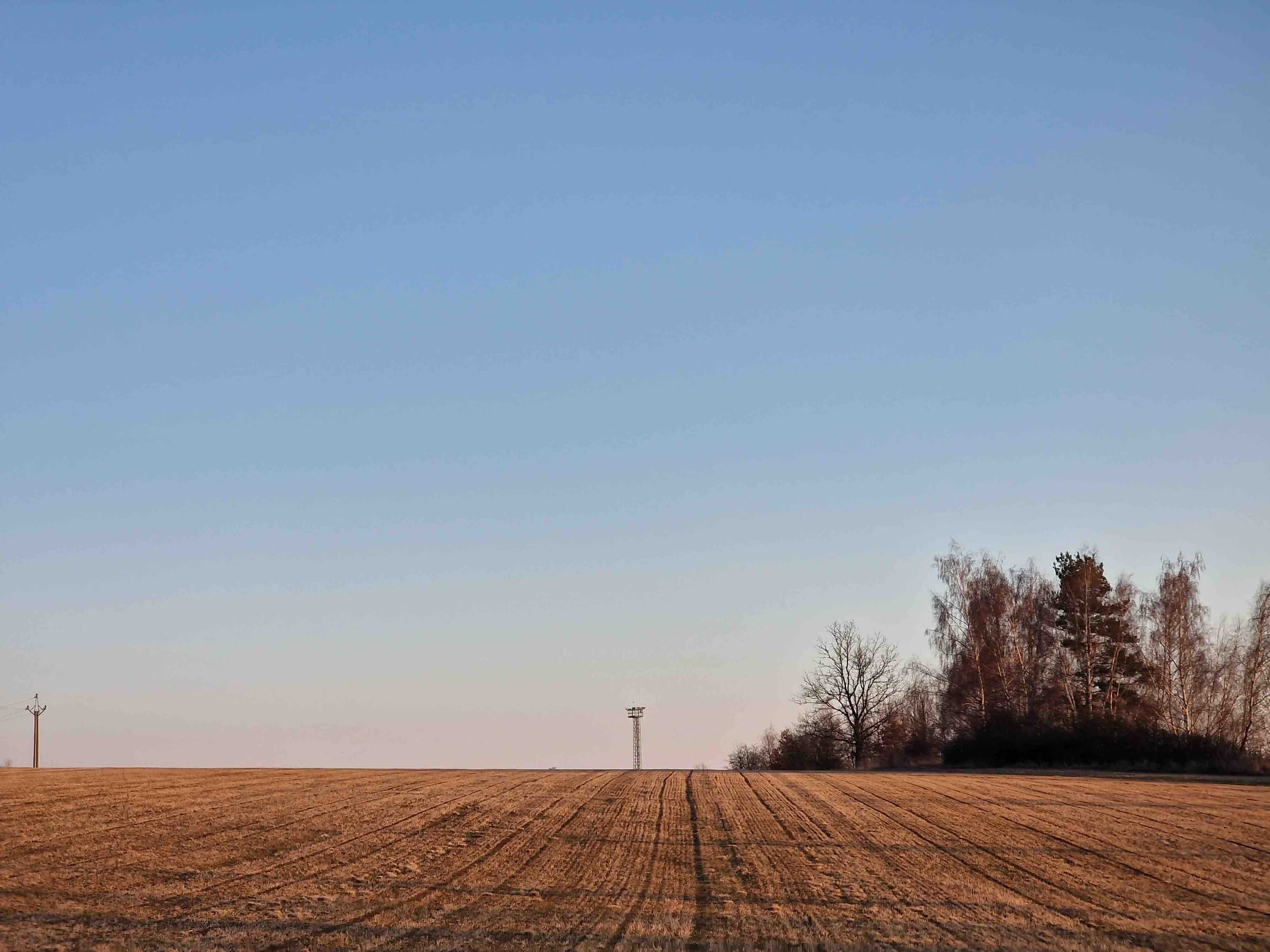

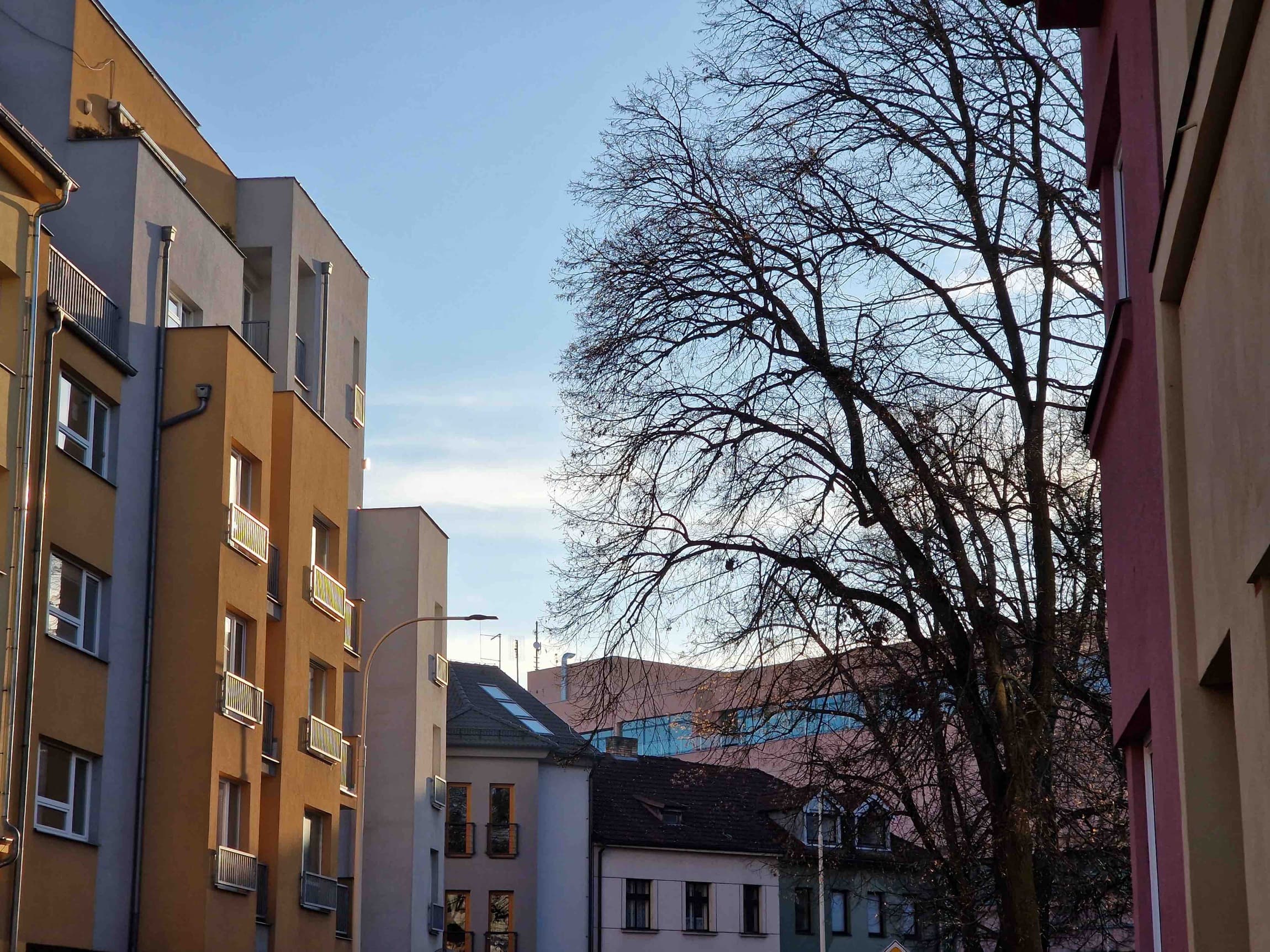
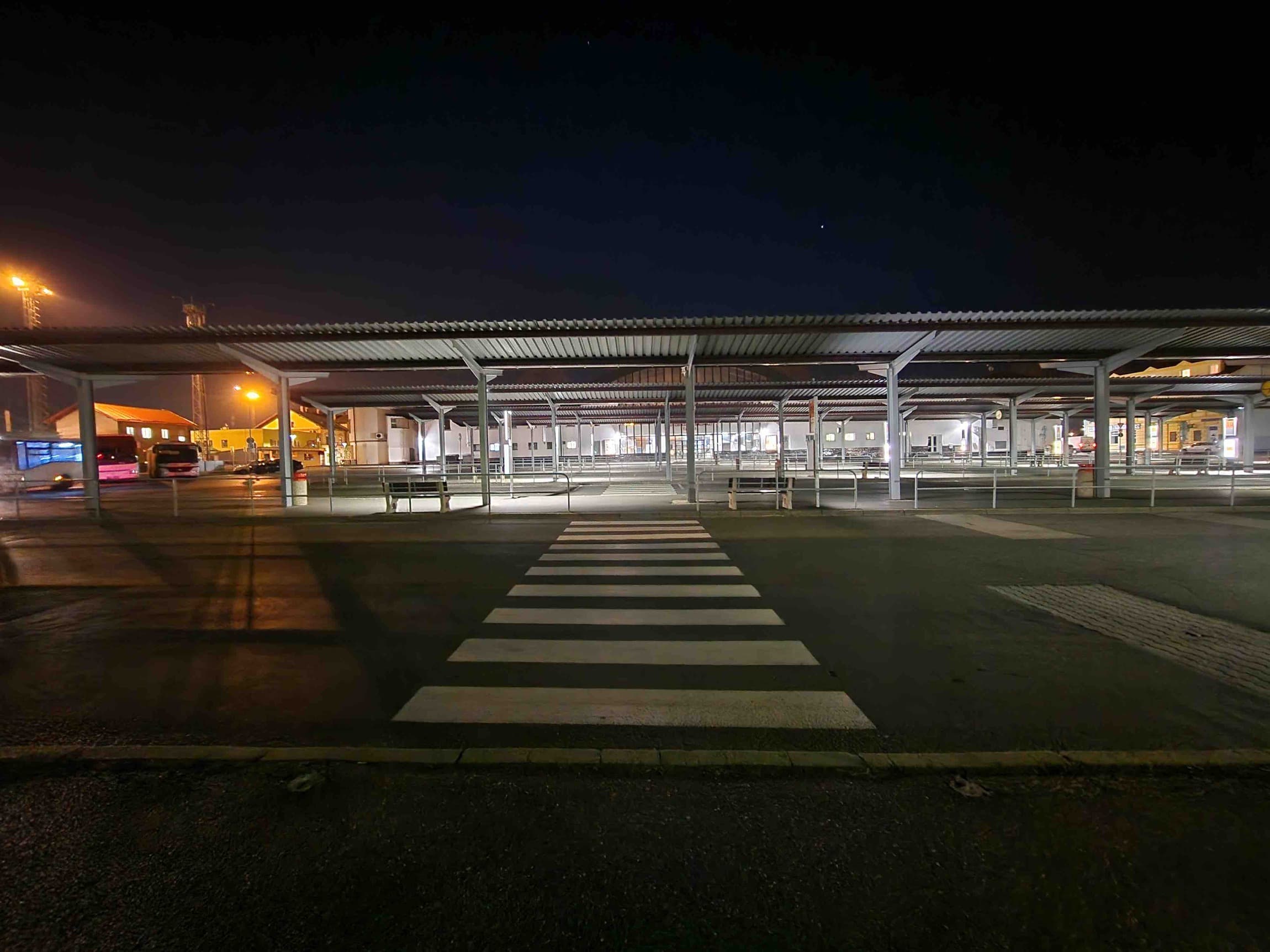
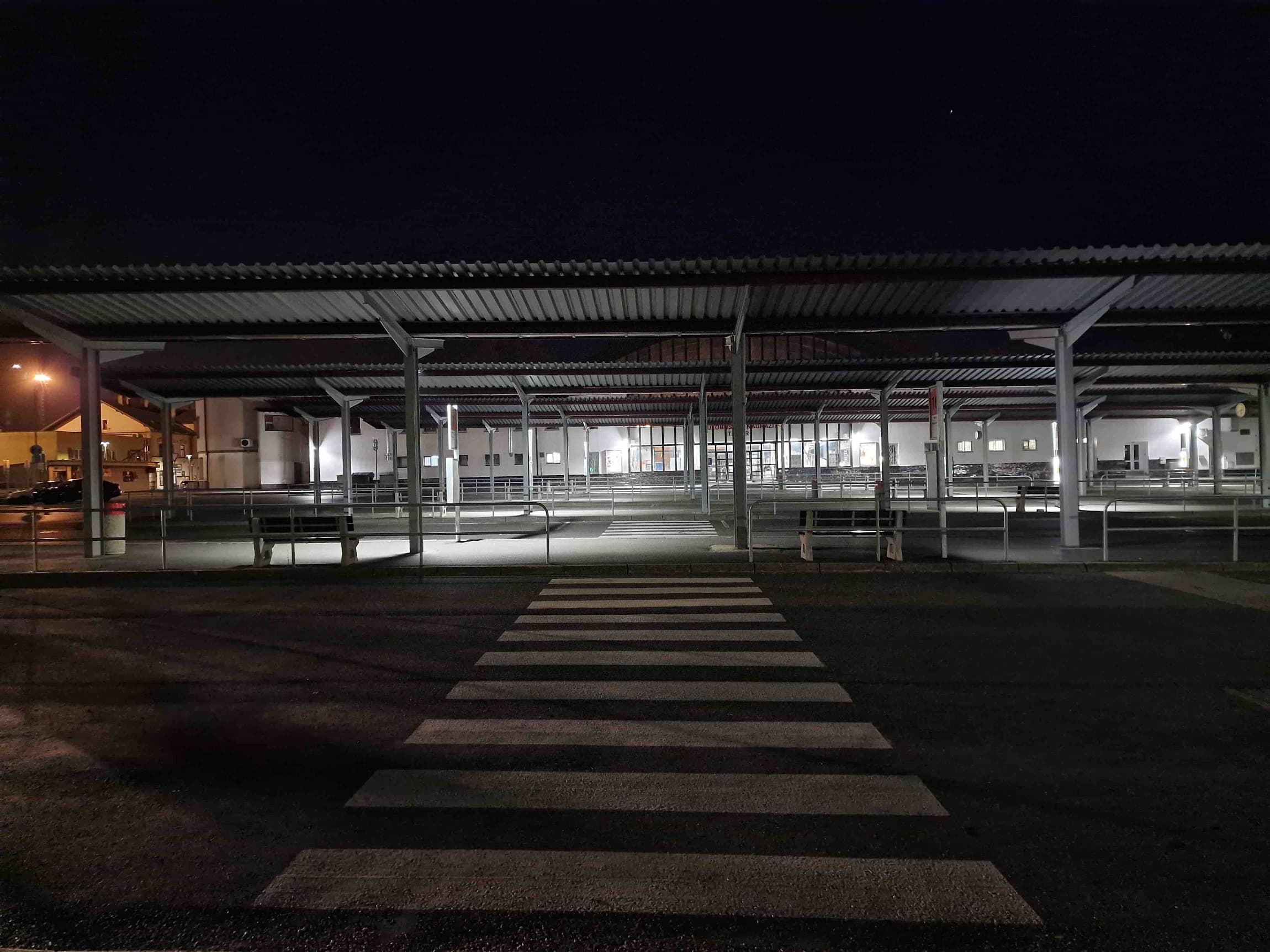





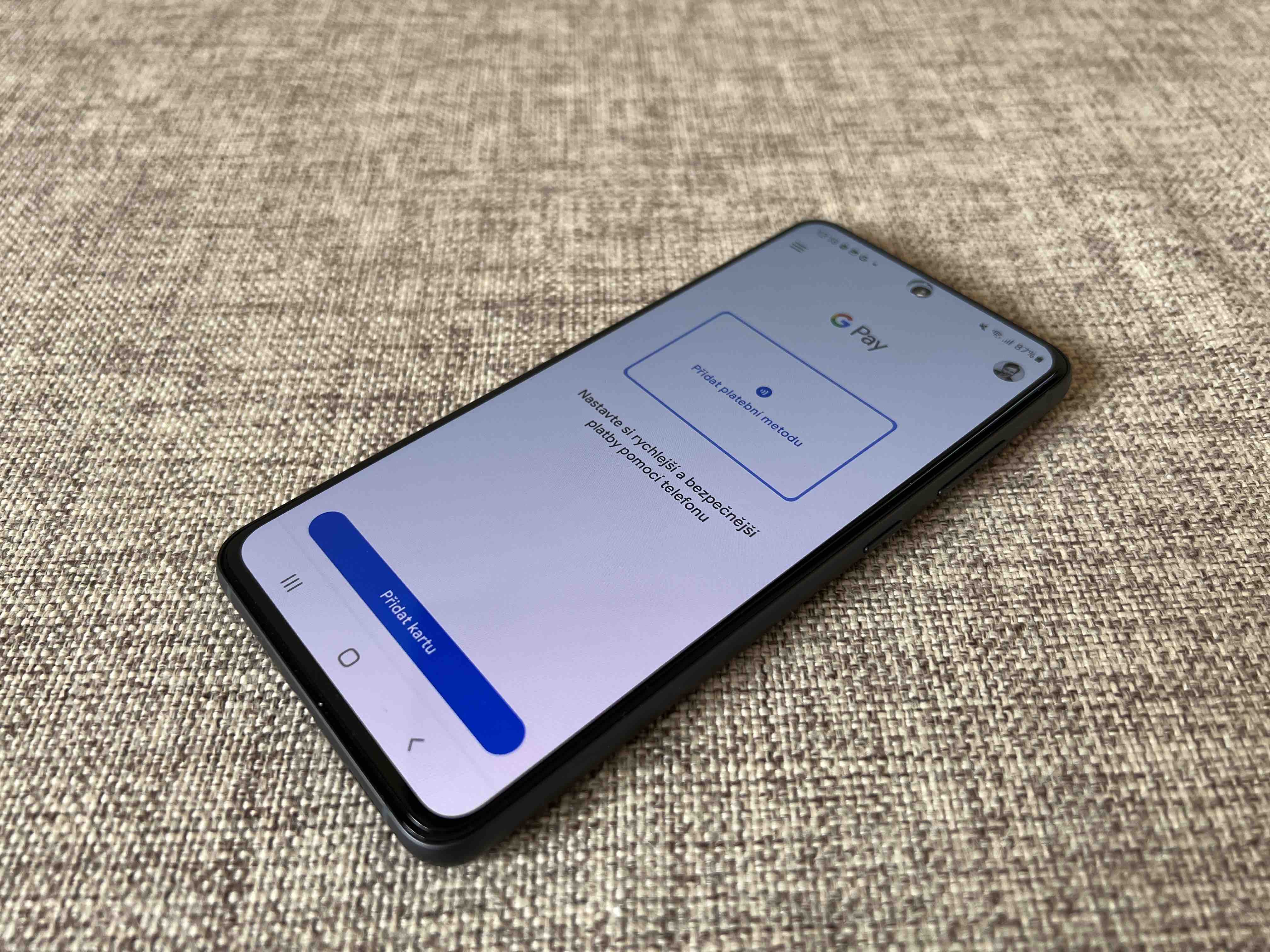
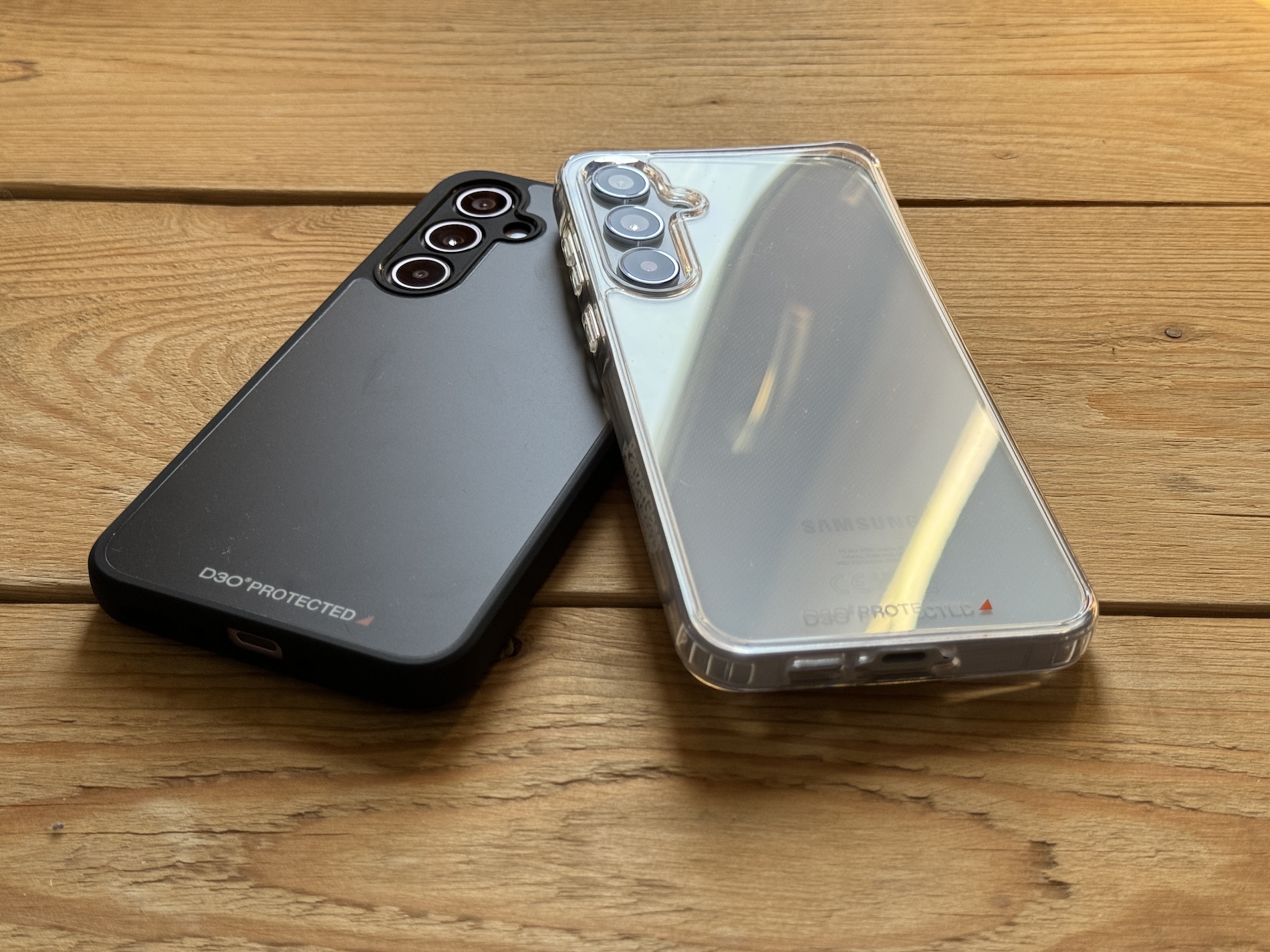
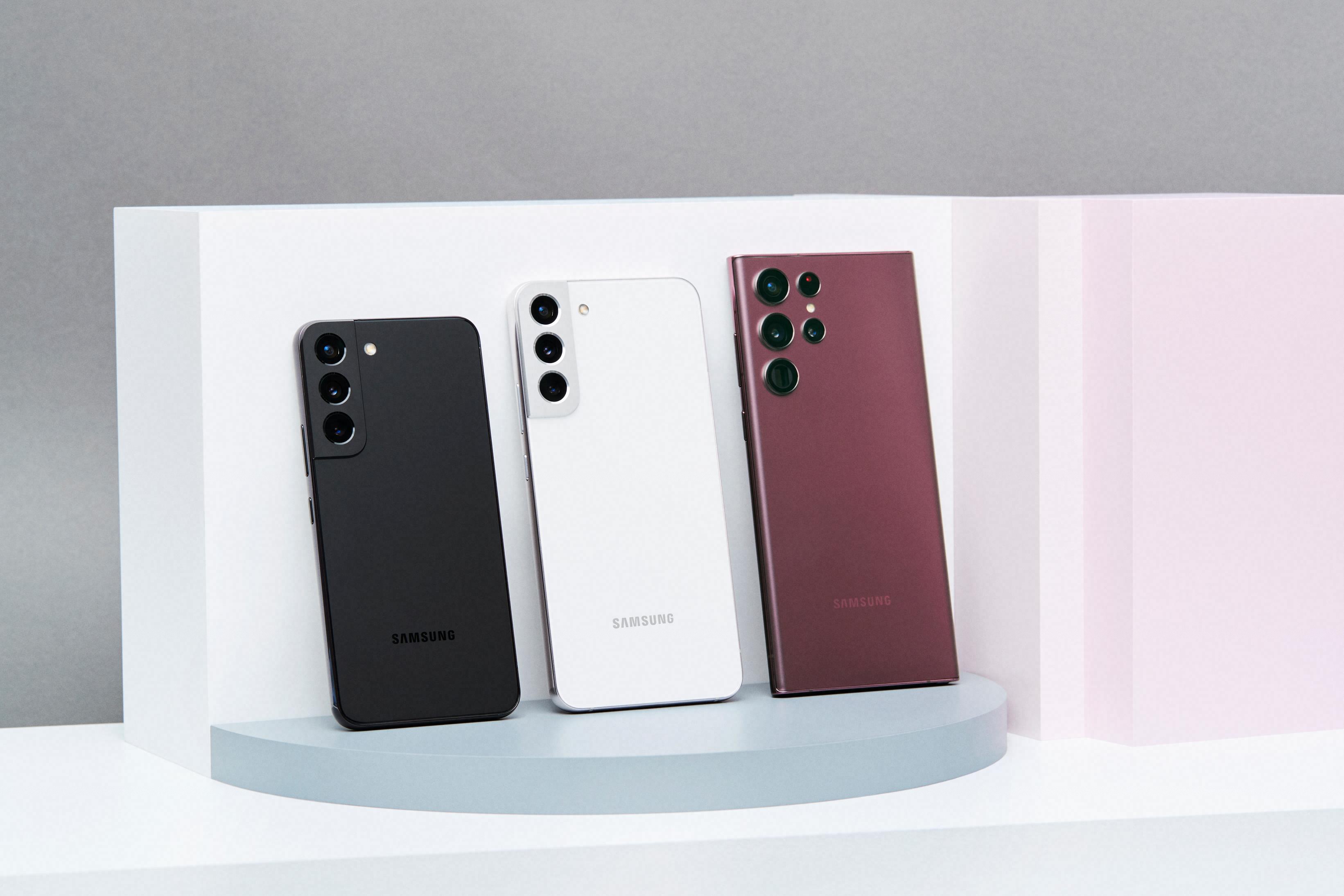
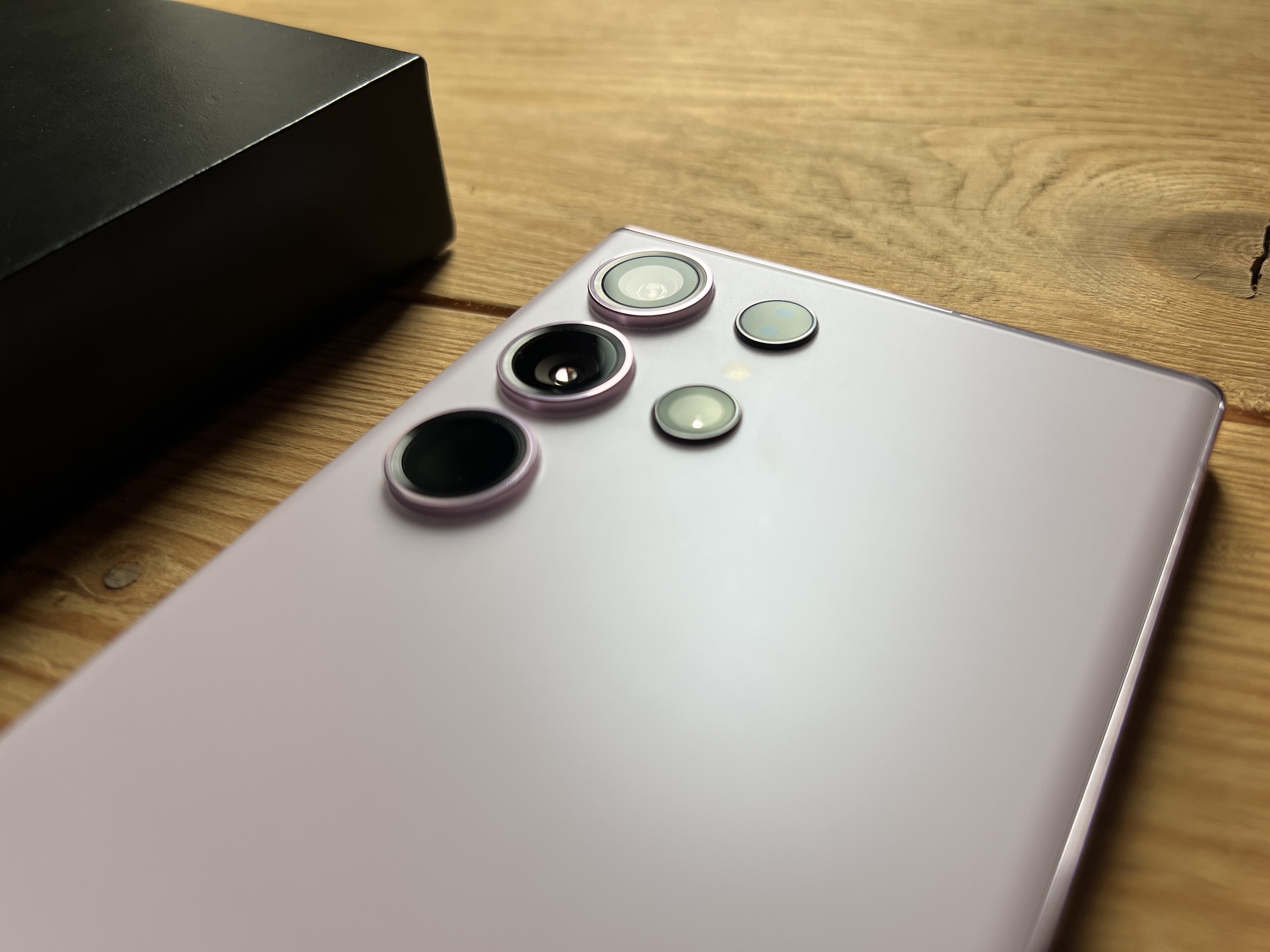
It's not marketing, in good light full pictures are much more detailed and this is also used for zoom (digital), optically it starts at 3x.
In better light, it improves sum by folding.
Yes, the digital zoom is up to 100x. However, its use is somewhat controversial.
100x is extreme of course, but anything between 1x and 3x is much better in good light thanks to this big sensor with a lot of mpix. In bad light, the advantage is gone…